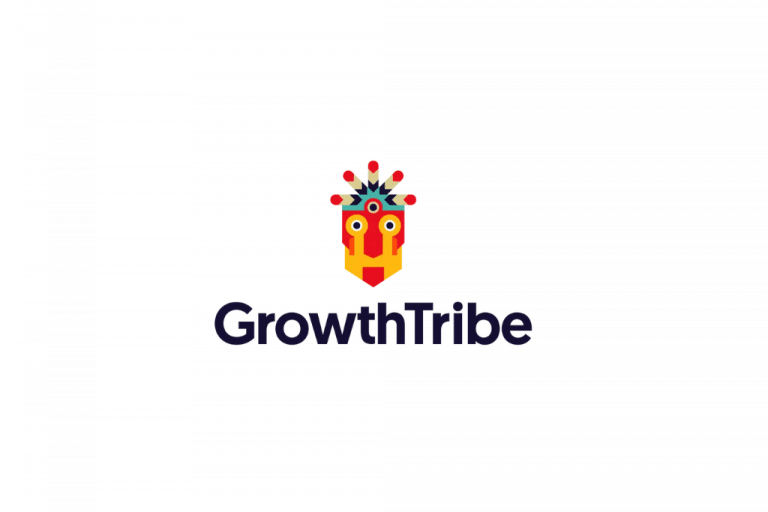Customer experience is and will remain a trend in itself. The customer, the world around the customer, and the technological possibilities constantly change. With that, the customer experience changes as well. This discipline has now entered the boardroom too. There are fewer badly made products due to the technological possibilities and increased worldwide standard qualities, forcing companies to stand out more by the ‘how’. How to serve customers, how to connect with the world of the customer, how to get in touch and how to work together.
Making real connections with customers is vital for companies. Products and channels are the means to make this possible. Customer experience is the domain, surpassing products and channels, where a real difference can be made. With a closer eye on the customer, companies must keep their customers close. To get to know the customer. To be able to reach the customer. All this requires trust from the customer in your company. Those with the customer’s trust have a future. A struggle for companies as most compete for the same customers.
Looking at the world surrounding customers, we see this is filled with a plethora of insecurities. Customer experience is linked to this 1 on 1. In a society seeking security, assurance and trust, customers also look for these aspects in their daily lives, which means that customer experience should follow the zeitgeist. And the best answer to insecurity = security. This is a simple formula that more and more companies follow in conducting customer service.
The current times are known for the abundance of possibilities we can offer customers. The features increase exponentially and the list of possible added value for customers is getting longer and longer. But these possible added values are actually added costs unless the customer wants to pay for them. Especially with the increased pressure on costs and inflation in the last year, the answer to that is more important. It requires a focus from the added value to the assigned value.
As mentioned, the change in technological possibilities has become a constant. The talent lies in being able to continue to connect with customers. In other words, the customer doesn’t want a trade-off between superior technology available 24/7 and personal experience. The consumer wants both. And done well. High-tech and high-touch. Not only is the customer giving us this homework, but the call for high-tech and high-touch is also further increased by the absence of human resources. It’s the fuel to combat the scarcity in the labour market. More automation/self-service and digital perfection will keep companies going.
In this quest for a deeper connection with customers and making a difference in the ‘how’, we really need customers to help us. Because what is customer experience without the customer willing to share their experiences with us directly? Yet we still neglected this domain within CX. Surveys and customer feedback are done extensively but are more often used for listing KPIs and not enough to actually listen and improve. Consequently, there’s a decrease in the willingness of the customer to support companies. People still want to; customers are fundamentally involved and want to be heard….but companies should really listen. 2023 might be the last chance for customer feedback.
In this trend report, we describe these five trends. Arisen from the analyses of many in-demand research, customer conversations and CX-plans in B2B and B2C. In The Netherlands and inspired by international frontrunners. From SMEs to larger corporations.
Customer experience trends 2023
1. Those with connections have the future
2. Security and flexibility: the CX answers in uncertain times
3. From added value to assigned value
4. The double assignment of ‘high-tech high-touch’
5. The last chance for customer feedback
Lots of fun reading, we hope you get inspired!



